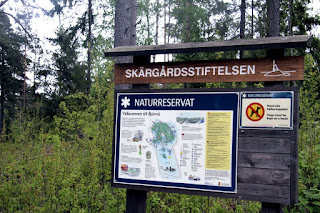There are only two regular transmissions each year from this transmitter, so don't miss this occasion.
The transmitter has no vacuum tubes or semi conductors. It's based on the inventor Evert Alexanderson alternator and was used for long distance transatlantic communication to the American continent starting 1924. The communication was made to Radio Central in Long Island, New York, USA. It has also been used for communication to Swedish submarines. The antenna construction is based on six 127 meter high masts for the vertical antennas. The transmissions are made with morse code generated by the alternator.
The alternator based Alexanderson transmitter became obsolete in 1996 and went out of service. This was due to a more modern vacuum tube transmitter with the call sign SAC. However, because the Alexanderson transmitter was still in good condition it was declared a national monument and also later a Unesco World Heritage site.
How to listen... Since most radios does not cover the low frequency of 17.2 kHz, you can take an alternative route, using a computer with a regular PC sound card to receive VLF. This is called a SDR (Software Defined Radio). Anyone can do this and it is very straight forward.
 To receive this low frequency you only need to connect an active antenna or some aerial wire to the sound card (mic-input) of your PC and to install SAQrx, a software defined VLF receiver by SM6LKM for the VLF band.
To receive this low frequency you only need to connect an active antenna or some aerial wire to the sound card (mic-input) of your PC and to install SAQrx, a software defined VLF receiver by SM6LKM for the VLF band. The Microphone input is connected to an aerial wire. In my case I connected it to my long wire antenna, but any wire should work fine. If you try this already today, there are several navy stations between 18 kHz and 22 kHz transmitting MFSK signal (and CW).
The picture show the SAQrx tuned for 18.2 kHz to the Indian Naval Station VTX.
More information:
- How to configure VLF Sound Card receiver SAQrx
- More information: The Grimeton Association - Radio Station SAQ - Society Alexander GVV
- World Heritage Grimeton Radio Station




